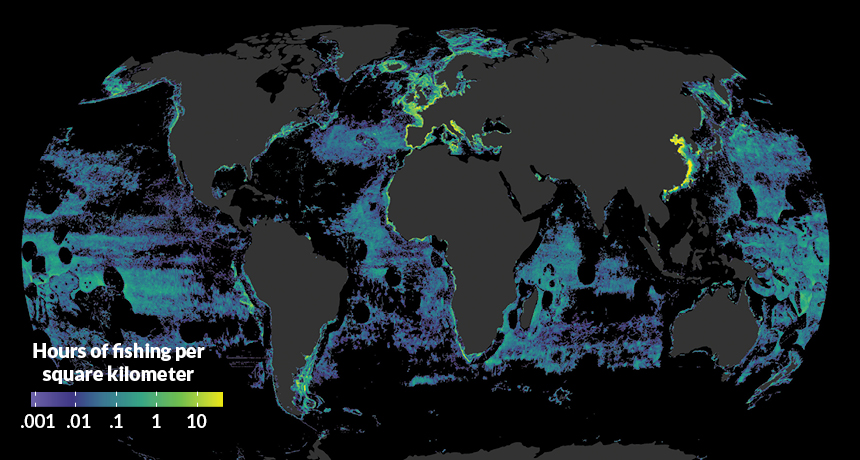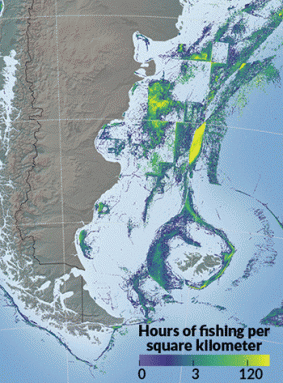agriculture The growth of plants, animals or fungi for human needs, including food, fuel, chemicals and medicine.
Atlantic One of the world’s five oceans, it is second in size only to the Pacific. It separates Europe and Africa to the east from North and South America to the west.
data Facts and/or statistics collected together for analysis but not necessarily organized in a way that gives them meaning.
information (as opposed to data) Facts provided or trends learned about something or someone, often as a result of studying data.
livestock Animals raised for meat or dairy products, including cattle, sheep, goats, pigs, chickens and geese.
marine Having to do with the ocean world or environment.
migrate To move long distances (often across many countries) in search of a new home. (in biology) To travel from one place to another, often at regular times of the year, to find food or more hospitable conditions (such as better weather).
nutrient A vitamin, mineral, fat, carbohydrate or protein that a plant, animal or other organism requires as part of its food in order to survive.
population (in biology) A group of individuals from the same species that lives in the same area.
sea An ocean (or region that is part of an ocean). Unlike lakes and streams, seawater — or ocean water — is salty.
upwelling The process by which material rapidly and forcefully rises up from below.









